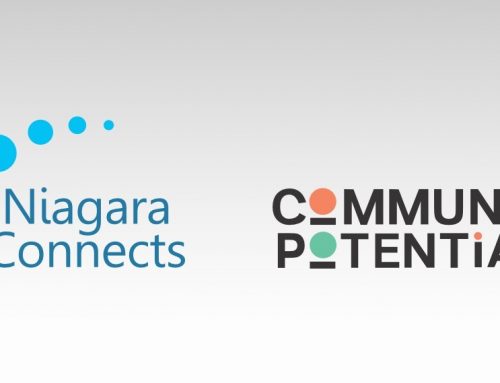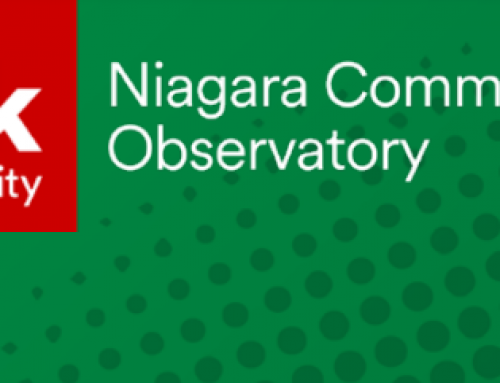Would you tell me, please, which way I ought to walk from here?” asked Alice.
“That depends a good deal on where you want to get to,” said the Cat.
“I don’t much care where – so long as I get somewhere,” Alice added.
“Then it doesn’t matter which way you walk,” answered the cat. “You’re sure to get somewhere if you walk long enough.”
– Lewis Carroll, Alice in Wonderland
Strategic planning is the most critical aspect of a board’s mandate. In the book ‘Governing for Results’ by Mel Gill, the essence of all board responsibility is to set direction, monitor performance, audit results, keep an eye out for gathering storms and make sure the organization navigates safely through them. Monitoring performance, representing the community, advocacy, financial accountability, and risk managing are some of the essential elements of a board’s responsibility, but they are without value if you are not walking your organization in a planned strategic fashion; unless of course, you are like Alice and don’t care where you get to.
I have been involved with over 20 strategic planning exercises as an Executive Director or Board Member and not all of the processes or end results provided the strategic direction needed for an organization. A strategic planning process can fail due to many factors, including partial commitment from the Board of Directors, insufficient environmental scanning and appreciation of trends, under appreciation of similar players or competitors in the field, failure to integrate the plan into the existing organizational structure, and no indications of measurement for success.
And what is the use of a book,” thought Alice, “without pictures or conversation?”
― Lewis Carroll, Alice’s Adventures in Wonderland
The biggest and most popular strategic exercise that I have participated is the ‘book on the shelf’ strategic plan. This approach satisfies funders that you have engaged in the process, produces a great looking document that is pulled down and admired periodically, and may even lead to partial implementation. However, it is according to Alice: “without pictures or conversations”. In other words, it is without clear implementation strategies and engagement. It could be a well written plan, but is useless unless it is used to change your organization for the benefit of those you serve now and in the future.
In this 4-part blog series I will delve deeper into my experiences with strategic planning and explore the following topics:
- The Strategic Plan: Who Are We?
- Strategic Thinking: Where Would We Like to Be?
- Following the Plan: What Do We Need To Do?
If you have insights or questions about strategic planning that you would like to share, please do not hesitate to reach out.
George Kurzawa
Executive Director
Canadian Mental Health Association, Niagara Branch
gkurzawa@cmhaniagara.ca
Additional Reading:
- 10 Reasons Why Strategic Plans Fail, Forbes, November 30, 2011
Other Blogs in this Series:
- The Strategic Plan: Who Are We? (Part 2)
- Strategic Thinking: Where Would We Like to Be? (Part 3)
- Curiosity and Continuous Strategic Thinking: Essential Elements for Agency Survival (Part 4)
For additional information and support please visit the Niagara Community Foundation’s Centre of Excellence in Non Profit Governance








